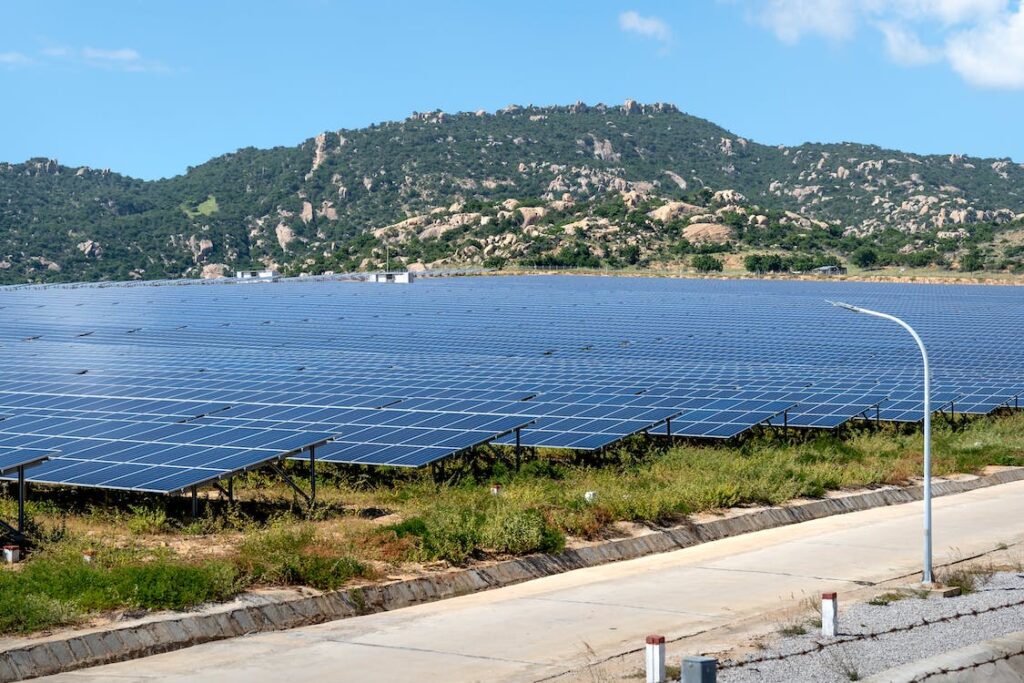Solar Energy Governance in Multi-Family Housing
The drive for renewable energy solutions has never been more critical, with a growing emphasis on reducing carbon footprints and mitigating climate change. In this pursuit, solar energy has emerged as a powerful and eco-friendly source of electricity generation. While solar panels on single-family homes are a familiar sight, harnessing solar energy in multi-family housing, such as apartment complexes and condominiums, presents unique challenges and opportunities. In this article, we conduct an in-depth analysis of solar energy governance in multi-family housing, exploring the policies, benefits, and implications of such initiatives.
Policy Landscape: Solar energy governance in multi-family housing is influenced by a complex web of federal, state, and local regulations. Federal policies, including tax incentives and grants, play a role in incentivizing solar adoption. State-level policies can further shape the landscape, with some states offering additional incentives and mandating certain solar requirements for new constructions. Local ordinances and building codes also come into play, affecting the feasibility of solar installations on multi-family buildings.
Challenges and Opportunities: Multi-family housing presents both challenges and opportunities for solar integration. Challenges include limited roof space, the need for equitable distribution of benefits among tenants, and the complexity of ownership structures. However, these challenges can be overcome with innovative solutions, such as community solar projects, where tenants collectively invest in and benefit from a shared solar installation. Solar can also enhance property values and attract environmentally conscious tenants, offering financial and marketing advantages for property owners.
Tenant Considerations: Governance of solar energy in multi-family housing must take tenant considerations into account. Ensuring fairness and transparency in utility bill allocation is crucial, as tenants often share electricity costs. Clear communication and educational initiatives can help tenants understand the benefits of solar energy, such as reduced electricity bills and a greener living environment.
Environmental Impact: One of the most compelling aspects of solar energy in multi-family housing is its positive environmental impact. By reducing reliance on fossil fuels and lowering greenhouse gas emissions, these initiatives align with broader sustainability goals. Solar installations on multi-family buildings contribute to cleaner air and a healthier planet, benefitting both residents and society at large.
Financial Incentives: Financial incentives, such as tax credits, rebates, and grants, are pivotal in encouraging solar adoption in multi-family housing. Federal tax credits can significantly reduce the upfront costs of solar installations, making them more attractive to property owners. State-level incentives further sweeten the deal, with some states offering additional financial support for solar projects in multi-family housing.
In conclusion, the governance of solar energy in multi-family housing demands a comprehensive and nuanced approach. While challenges exist, the benefits, both financial and environmental, are substantial. Collaborative efforts among federal, state, and local governments, property owners, and tenants are essential to realize the full potential of solar energy in multi-family housing. As we navigate the path toward a sustainable energy future, these initiatives play a vital role in reducing carbon emissions, enhancing energy resilience, and improving the quality of life for multi-family housing residents.






